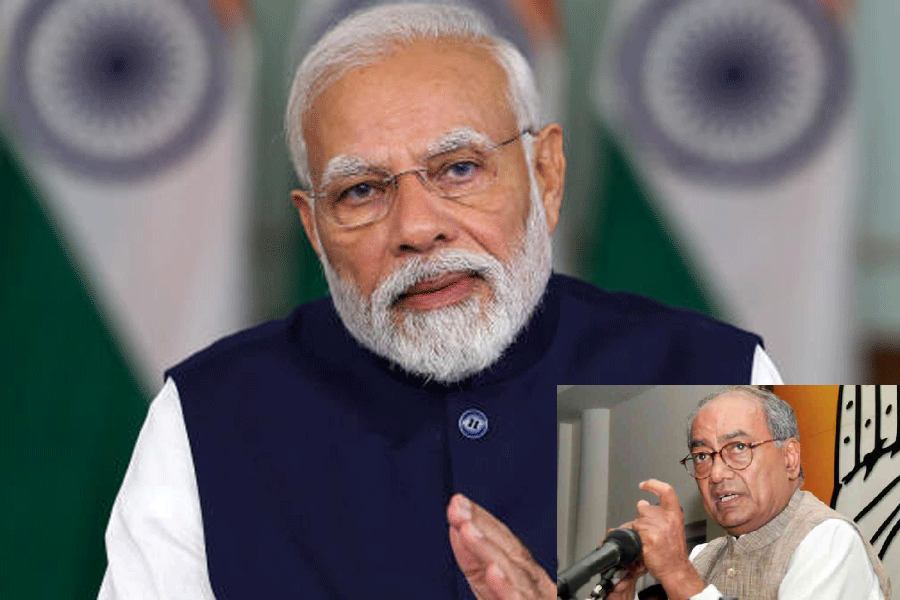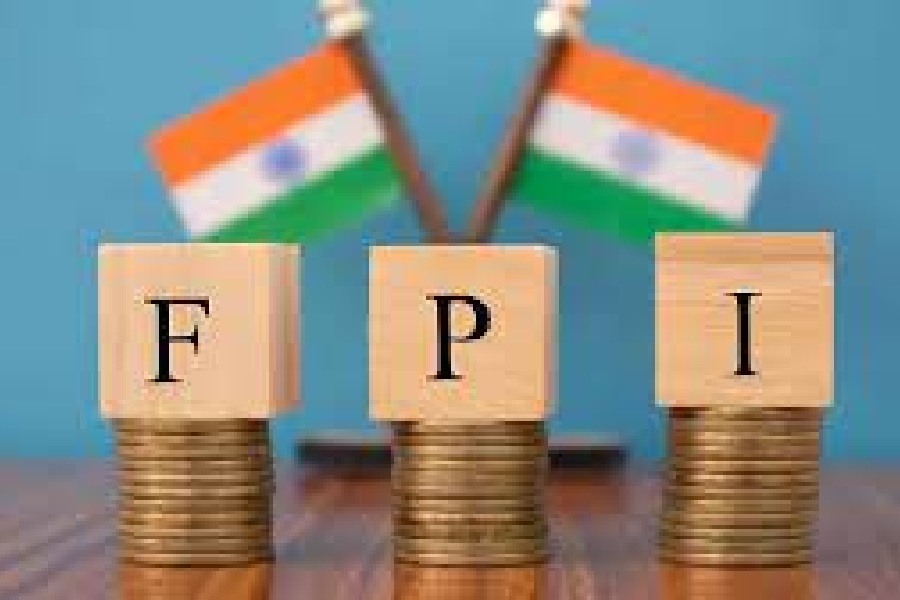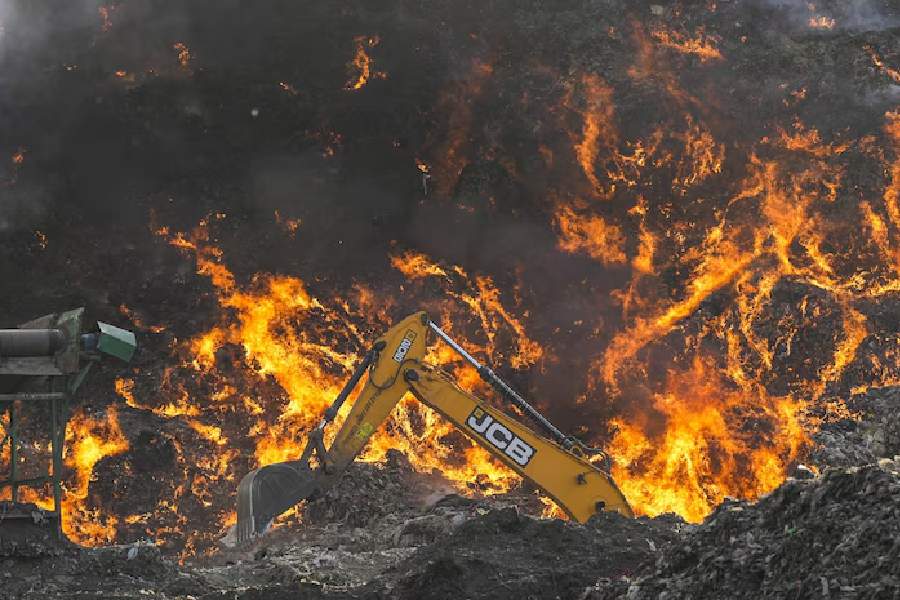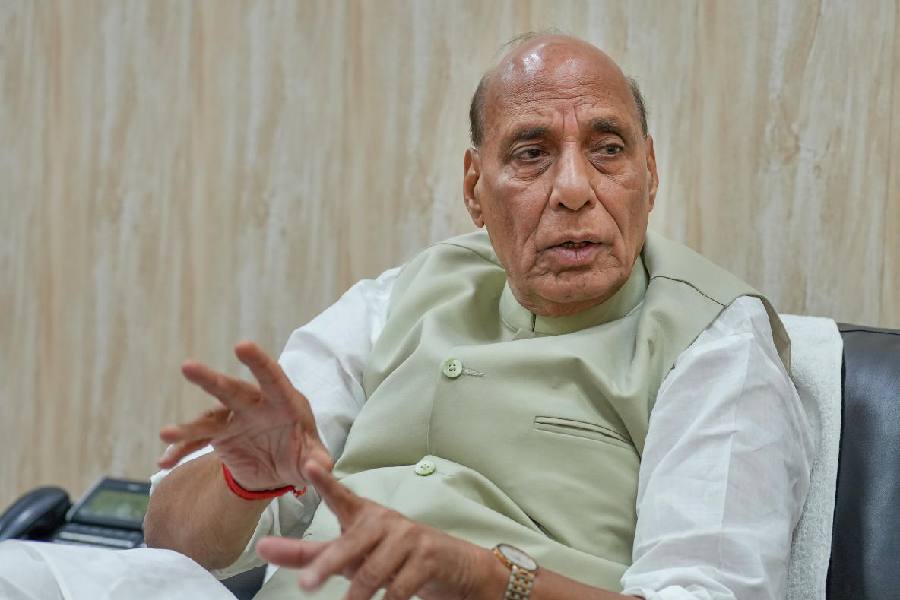Ashoka University’s (henceforth Ashoka) treatment of Sabyasachi Das after he uploaded a working paper that touched on possible voter suppression in Indian elections has focused attention on the future of elite private universities in India.
The pragmatic defence of Ashoka’s bid to distance itself from Das in its statement on August 1 is straightforward. In a time when public universities have been publicly brought to heel by an ideologically intolerant State (JNU, Jamia Millia Islamia and Delhi University are prominent examples within the capital), private universities trying to create centres of academic excellence must necessarily walk a tightrope.
On the one hand, they need to remain academically credible within Western university networks from which their faculty members often derive their credentials and to which their students generally aspire. The idea of a liberal arts education is derived from an American model and Ashoka’s reason for being is its determination to build a university based on that template. At a time when State-funded public universities have been broken, the alternative, of universities founded and funded by philanthropic donors not beholden to a domineering State, is attractive.
On the other hand, private universities must keep the State on-side because they are vulnerable to its whims. State governments control the land they are built on, Central governments have the power to turn off foreign funding. More generally, the State can and does use its investigative arms to bully and intimidate universities and their faculties.
Within this inhospitable environment, the argument goes, private universities like Ashoka must sometimes equivocate, compromise, even offer individual sacrifices at the altar of the State. The alternative would be shut up shop altogether. This is the half-a-loaf argument: isn’t it better to have seaworthy vessels that trim their sails occasionally to harness the prevailing winds, than to be left with wrecks destined to sink?
Not having funded or founded a university, I have no insight into the thinking of Ashoka’s donors and founders outside their public statements. But as a former university lecturer, I’ve been trying to think about the appropriate faculty response to the university’s initial statement on Das’ working paper.
I think there is general agreement that Ashoka’s statement distancing itself from Das’ paper was undignified and ignorant. For Das’ employer to insinuate that the paper, because it wasn’t peer-reviewed, was unworthy, was transparently disingenuous. The university knew or ought to have known that working papers are routinely shared on platforms like the Social Sciences Research Network. The paper had also been accepted in a National Bureau of Economic Research conference in July this year, itself a mark of academic respectability and rigour.
Once the university issued this statement, it effectively put Das on notice. Any informal suasion within the department to persuade him to agree to a form of words that might ward off the wrath of the State and yet maintain the integrity of his research then occurred under duress, regardless of the intentions of the intermediaries. It might be reasonable for a university department to defuse incendiary situations through discreet informal conversations, but only if the university doesn’t pre-empt that process by issuing public statements.
Once the university went public, the faculty’s concern for the well-being of a colleague ought to have taken the form of an equivalent public statement of support. That would have had the effect of embedding any future negotiation between Das and the university authorities in the firm ground of academic solidarity. I don’t know if this would have stopped Das from resigning, but at the very least it would have reassured him that he had the confidence of his fellows.
I don’t underestimate the commitment to institution-building that drives many university teachers. Many of our best university institutions have been established by academics who selflessly invested time that could have been channelled into writing books and papers, into gathering resources to expand and strengthen their centres and departments. But when a university publicly distances itself from a teacher and researcher, the better to defer to the State, the faculty’s duty of care is not to the institution but to the individual teacher. The point of collegiality is to look out for your colleagues.
After Das resigned and his resignation was accepted, Ashoka’s economics department issued a trenchant statement criticising Ashoka’s governing body, demanding that Das be unconditionally reinstated and threatening a strike. The statement contained an ultimatum: the department wanted its demands accepted before August 23. That date has passed and newspapers report that Das’ teaching responsibilities have been reassigned.
If the status quo persists and Das isn’t reinstated, Ashoka’s surrender to State intimidation will be complete. This is not the first time this has happened. An academic who signed a petition on Kashmir resigned in 2017 and had his resignation accepted with alacrity. Ashoka’s former vice-chancellor, Pratap Bhanu Mehta, resigned his post as professor when it was conveyed to him that his outspoken opinion pieces were subverting the interests of the university. And now a professor has been thrown under the bus for writing a research paper, the raison d’etre of a liberal arts university.
It isn’t as if this is the first time that academic freedoms have been trashed in an Indian university. State universities first and Central universities now, have been destroyed by political patronage and coercion. The pace of this destruction has been massively ramped up since the instatement of the Narendra Modi-led government in 2014.
But Das’ case is peculiarly damaging to the cause of a private university like Ashoka. This is partly because any university that styles itself as a model liberal arts university, as opposed to a more technical or professional institution, asks to be judged by the consistency with which it upholds the values of a liberal arts education. But more importantly, in a radically unequal country like India, the moral case for a private liberal arts university, rests entirely on its ability to foster free, rigorous inquiry through its teaching and research.
Large public universities like Delhi University that charge nominal fees can at least claim that they have educated millions of students who wouldn’t otherwise have been able to afford a college degree. Delhi University’s honours degree allowed diverse students from across the social hierarchy of its colleges to acquire the same credentials. Ashoka can’t make that claim because of its fee structure. If a private liberal arts university isn’t a hothouse where free inquiry flourishes, it devolves into a high end teaching shop: a finishing school for rich students and a gated refuge for credentialed teachers.
By common consent, Ashoka is the best of the new crop of private universities to have emerged over the last decade. Its misfortune is that its foundation coincided with the enthronement of the Modi government, the most philistine and intolerant regime independent India has known. Given its founders’ record of instinctive deference to the State, it’s hard to see how Ashoka can stay true to its founding ideal.
mukulkesavan@hotmail.com










